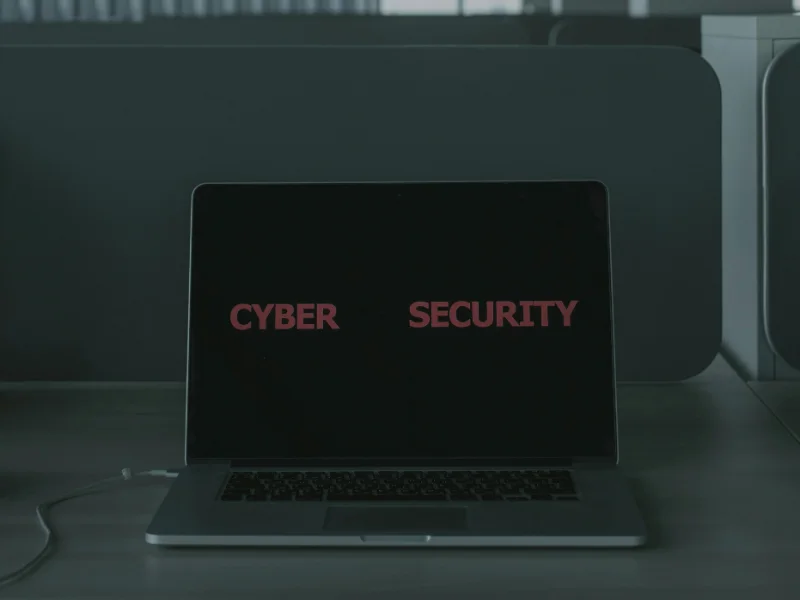- DMZ, or demilitarised zone, is a crucial concept in network security, creating a protective barrier between internal networks and the Internet to safeguard against external threats.
- It acts as a security layer, allowing external access to company resources while preventing direct entry into private networks, often implemented alongside firewalls for comprehensive network protection.
DMZ, short for demilitarised zone, is a pivotal element in network security, serving as a buffer between internal networks and the Internet to shield against external threats.
Also read: Internet routers, the central hub of networking devices
Also read: What are the benefits of integrating cloud computing into networking?
What is demilitarised zone computer networking?
Demilitarised zone (DMZ for short) is a key concept in network security and is commonly found in corporate network environments. It creates a barrier between the internal network and the Internet, effectively isolating the company’s internal network from external threats. Although the name sounds a bit serious, in fact, DMZ is one of the important tools for network security.
DMZ acts as a security protection layer, effectively preventing external users from directly accessing company data. It receives requests from external users or public networks to access company information or websites and arranges sessions on public networks. But compared to private networks, DMZ cannot initiate sessions, which avoids direct access to private networks. Even if someone tries to conduct malicious activities on the DMZ, it will only affect the web pages within the DMZ, while other company information remains safe. In general, the goal of DMZ is to allow access to untrusted networks by ensuring the security of private networks. Although the use of DMZ is not mandatory, it is usually used in conjunction with firewalls, which is a more complete network security measure.
The importance of DMZ
In many home networks, Internet devices are usually built on the basis of a LAN, accessing the Internet through a broadband router. Such a router is not only a connection point, but also has a firewall function, which can automatically filter traffic to ensure that only safe messages can enter the LAN. Therefore, in a home network, you can consider building a DMZ between the LAN and the router by adding a dedicated firewall. Although the cost is higher, this structure can provide better protection from complex attacks, thereby better protecting internal devices from potential external attacks.
DMZ is an important part of network security for individual users and large organizational networks. It provides additional security for computer networks by limiting remote access to internal servers and information. Once compromised, the consequences can be very serious.
Advantages of demilitarised zone computer networking
1. It provides access to external users by protecting internal sensitive networks.
2. DMZ can be used in combination with firewalls and routers to provide a high level of security.
3. By implementing DMZ, only the data you want to make public is displayed, and the rest of the data is hidden and protected.
4. By implementing DMZ, only the data you want to make public is displayed, and the rest of the data is hidden and protected.
Disadvantages of demilitarised zone computer networking
1. There are vulnerabilities in the services of the DMZ system.
2. If hackers successfully crack the DMZ system, they can access your confidential information.
3. Hackers with verification data can access the system as authorised users.
4. Data provided to external networks on the public network may be leaked or copied.

